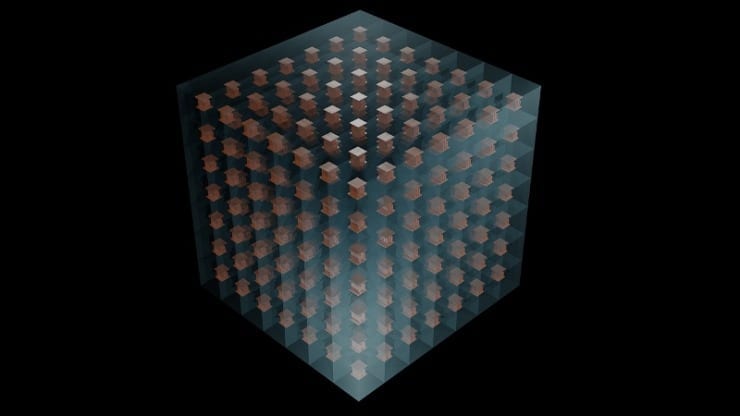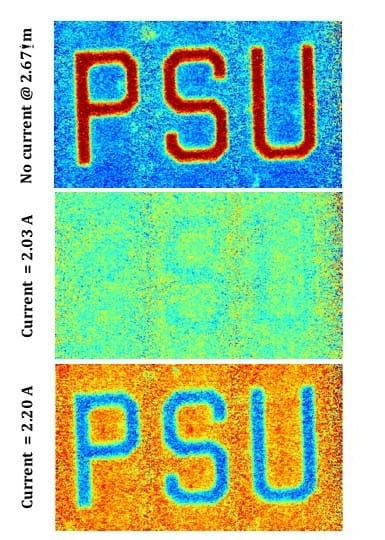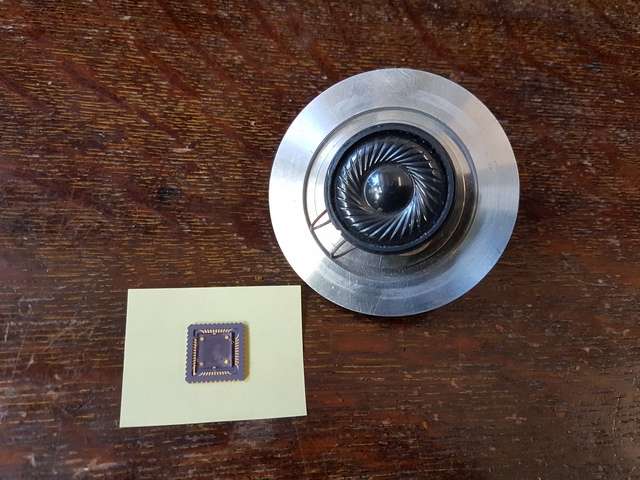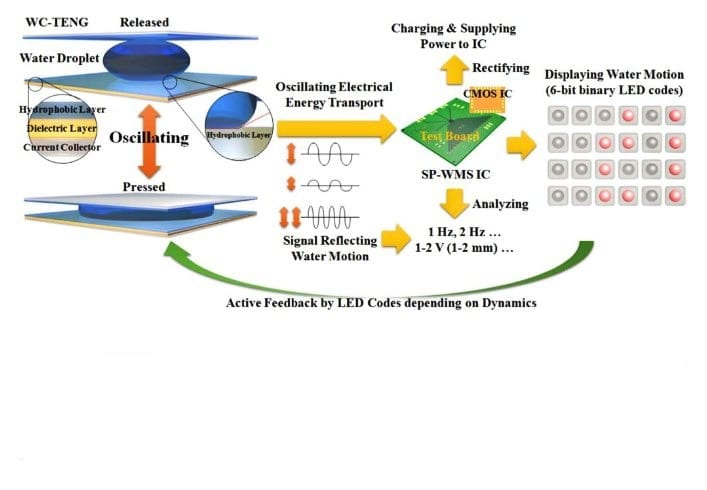
Conductive filaments and 3-D printers allow quick construction of electromagnetic metamaterials
Researchers at Duke University have 3-D printed potent electromagnetic metamaterials, using an electrically conductive material compatible with a standard 3-D printer.
The demonstration could revolutionize the rapid design and prototyping of radio frequency applications such as Bluetooth, Wi-Fi, wireless sensing and communications devices.
Metamaterials are synthetic materials composed of many individual, engineered devices called cells that together produce properties not found in nature. As an electromagnetic wave moves through the metamaterial, each engineered cell manipulates the wave in a specific way to dictate how the wave behaves as a whole.
Metamaterials can be tailored to have unnatural properties such as bending light backwards, focusing electromagnetic waves onto multiple areas and perfectly absorbing specific wavelengths of light. But previous efforts have been constrained to 2-D circuit boards, limiting their effectiveness and abilities and making their fabrication difficult.
In a new paper appearing online in the journal Applied Physics Letters, Duke materials scientists and chemists have shown a way to bring electromagnetic metamaterials into the third dimension using common 3-D printers.

It takes about 20 minutes to 3-D print one metamaterial unit cell using the Electrifi filament and a relatively low-cost 3-D printer. By combining a series of these cells, each tailored to interact with an electromagnetic wave in a certain way, researchers can create a structure that can powerfully manipulate microwave radiation.
“There are a lot of complicated 3-D metamaterial structures that people have imagined, designed and made in small numbers to prove they could work,” said Steve Cummer, professor of electrical and computer engineering at Duke. “The challenge in transitioning to these more complicated designs has been the manufacturing process. With the ability to do this on a common 3-D printer, anyone can build and test a potential prototype in a matter of hours with relatively little cost.”
The key to making 3-D printed electromagnetic metamaterials a reality was finding the right conductive material to run through a commercial 3-D printer. Such printers usually use plastics, which are typically terrible at conducting electricity.
While there are a few commercially available solutions that mix metals in with the plastics, none are conductive enough to create viable electromagnetic metamaterials. While metal 3-D printers do exist, they cost as much as $1 million and take up an entire room.
That’s where Benjamin Wiley, Duke associate professor of chemistry, came in.
“Our group is really good at making conductive materials,” said Wiley, who has been exploring these materials for nearly a decade. “We saw this gap and realized there was a huge unexplored space to be filled and thought we had the experience and knowledge to give it a shot.”
Wiley and Shengrong Ye, a postdoctoral researcher in his group, created a 3-D printable material that is 100 times more conductive than anything currently on the market. The material is currently being sold under the brand name Electrifi by Multi3D LLC, a startup founded by Wiley and Ye. While still not nearly as conductive as regular copper, Cummer thought that it might just be conductive enough to create a 3-D printed electromagnetic metamaterial.

Experiments and simulations show that the 3-D printed cubes interact with electromagnetic waves 14 times more strongly than their 2-D counterparts.
In the paper, Cummer and doctoral student Abel Yangbo Xie show that not only is Electrifi conductive enough, it interacts with radio waves almost as strongly as traditional metamaterials made with pure copper. That small difference is easily made up for by the printed metamaterials’ 3-D geometry — the results show that the 3-D printed metamaterial cubes interact with electromagnetic waves 14 times better than their 2-D counterparts.
By printing numerous cubes, each tailored to specifically interact with an electromagnetic wave in a certain way, and combining them like Lego building blocks, researchers can begin to build new devices. For the devices to work, however, the electromagnetic waves must be roughly the same size as the individual blocks. While this rules out the visible spectrum, infrared and X-rays, it leaves open a wide design space in radio waves and microwaves.
“We’re now starting to get more aggressive with our metamaterial designs to see how much complexity we can build and how much that might improve performance,” said Cummer. “Many previous designs were complicated to make in large samples. You could do it for a scientific paper once just to show it worked, but you’d never want to do it again. This makes it a lot easier. Everything is on the table now.”
“We think this could change how the radio frequency industry prototypes new devices in the same way that 3-D printers changed plastic-based designs,” said Wiley. “When you can hand off your designs to other people or exactly copy what somebody else has done in a matter of hours, that really speeds up the design process.”
Read more: 3-D Printers Open New Design Space for Wireless Devices
[osd_subscribe categories=’metamaterials’ placeholder=’Email Address’ button_text=’Subscribe Now for any new posts on the topic “METAMATERIALS’]
The Latest on: 3-D printed electromagnetic metamaterials
[google_news title=”” keyword=”3-D printed electromagnetic metamaterials” num_posts=”10″ blurb_length=”0″ show_thumb=”left”]- 3-D Printed Cranial Implant Gets 510(k) Clearance
D-printed PEEK implants using the EXT 220 MED were successfully demonstrated in nearly 40 cranioplasties across Europe.
- 3D Printing: The Latest Architecture and News
As an additive manufacturing method, 3D printing has been characterized by the construction of objects through the horizontal deposition of material, layer by layer. This still restricts ...
- 3-D printer wows at SXSW
The technology could help home builders save on labor, material and time. The Phoenix 3-D printer and a sculpture it printed are displayed at the Long Center by 3-D printing start-up Icon in ...
- Iowa Teardown Exposes Problems Of 3-D-Printing Homes
There’s been a lot of hoopla over 3-D-printed homes for their potential to help solve the U.S. housing crisis with more affordable units. But building homes using 3-D printing is proving tougher ...
- 3-D printing
WIRED is where tomorrow is realized. It is the essential source of information and ideas that make sense of a world in constant transformation. The WIRED conversation illuminates how technology is ...
via Google News and Bing News










